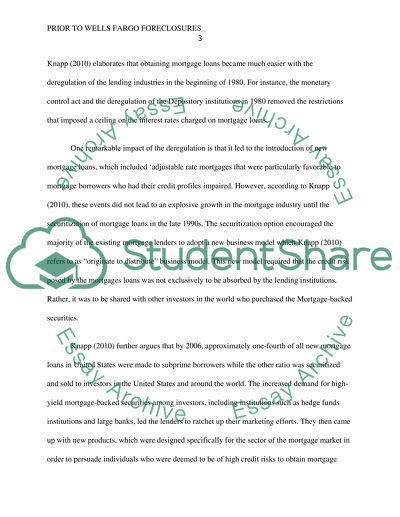Cite this document
(“Understanding the Economic Impact prior to Wells Fargo Foreclosures Essay”, n.d.)
Understanding the Economic Impact prior to Wells Fargo Foreclosures Essay. Retrieved from https://studentshare.org/macro-microeconomics/1440061-understanding-the-economic-impact-prior-to-wells
Understanding the Economic Impact prior to Wells Fargo Foreclosures Essay. Retrieved from https://studentshare.org/macro-microeconomics/1440061-understanding-the-economic-impact-prior-to-wells
(Understanding the Economic Impact Prior to Wells Fargo Foreclosures Essay)
Understanding the Economic Impact Prior to Wells Fargo Foreclosures Essay. https://studentshare.org/macro-microeconomics/1440061-understanding-the-economic-impact-prior-to-wells.
Understanding the Economic Impact Prior to Wells Fargo Foreclosures Essay. https://studentshare.org/macro-microeconomics/1440061-understanding-the-economic-impact-prior-to-wells.
“Understanding the Economic Impact Prior to Wells Fargo Foreclosures Essay”, n.d. https://studentshare.org/macro-microeconomics/1440061-understanding-the-economic-impact-prior-to-wells.


